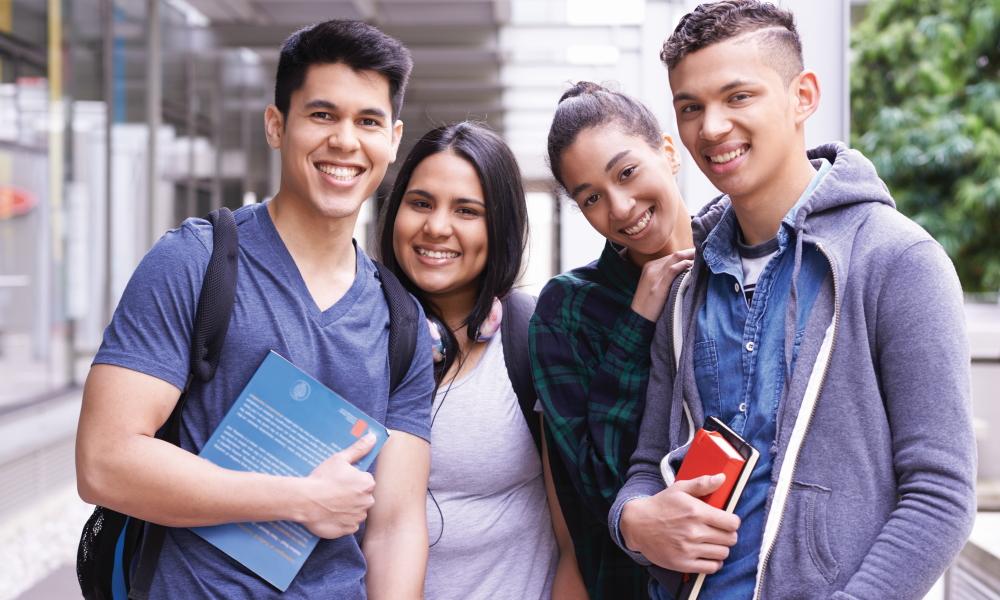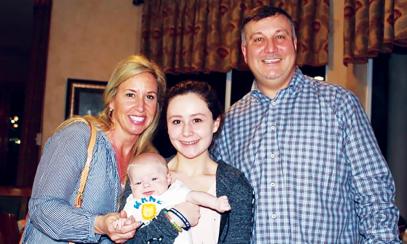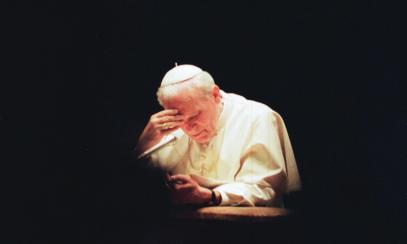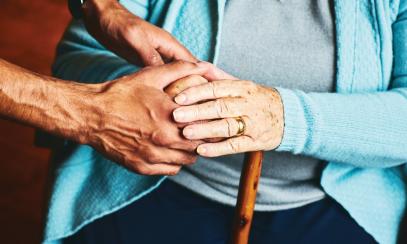
Theology of the Body for Students
Resources abound for parents and educators to help students see the beauty of the Christian vision of the human person
Resources abound for parents and educators to help students see the beauty of the Christian vision of the human person
Whether they attend public school, private school, Catholic school, or home school, they need to be prepared to respectfully and clearly face the ideological challenges of gender ideology and gender confusion. They need to be formed well to understand and handle pressures from early sexualization, rampant pornography, and dismissive attitudes towards the commitment of marriage. We parents are entrusted to be the primary educators of our children, whether we send them to school or teach them ourselves.
Luckily, there is now a theological treasure that can help amidst the current confusion, and that is the theology of the body. These teachings offer a beautiful vision of our sexuality that leads to wholeness, holiness, and true freedom—exactly opposite of the “anything goes” approach to the body, self-determination, and sexuality which the culture is proposing.
The teachings of the theology of the body are rich and dense. Many books, speakers, curricula, and resources are out there to help unpack them, and I heartily encourage further study. Here, briefly, are a few of the core concepts from the theology of the body which can help our children.
Many of the core concepts are found in this culminating verse in the first Genesis account of creation: “God created the human person (Gr: anthropos) in His own image; in the image of God He created the human person; male and female (Gr: aner and gyne) He created them.” (Translation mine.)
- “God Created”: Creation is a gift from God. Our existence, and each human life, comes from love and is destined for love. Creation is something we receive as gift, with gratitude and awe.
Cultural idea this opposes: Atheism and Radical Individualism. God does not exist, and we can “create” ourselves in our own image, according to our own ideas, preferences, and desires.
How to help children understand the truth: Inculcate awe and wonder at the excellence of the created world around us and point back to the Creator. One of my friends takes her toddler boys on nature walks in which they marvel at the design of spider webs and fern leave patterns. “Where did this come from?” she asks them. “I didn’t create this. Did you?” “No,” they answer. “Who did?” God did, they are reminded.
- “The Human Person”: What and who is a human person? Matter (the dust of the earth) and spirit, or soul (the breath of God), integrated. Matter is good and matter matters, it is an essential part of our humanity. What we do with our body matters morally.
Cultural idea this opposes: Dualism, promoted by René Descartes and now the culturally predominant view of the human person. Body and spirit are dis-integrated, and the body is way inferior. The “real me” is what I think, my mind (or spirit), which inhabits the less-important, less-relevant body like a driver in a car.
How to help children understand the truth: It starts with normal ways to teach respect for the dignity of the body that most parents do naturally: good nutrition, hygiene, and self-care teach respect for the dignity of the body. But to go further, talk to your children about how your body is you just as much as your mind.
Two more key concepts follow, but they will have to wait for a later column. For now, be thinking about how you can teach your children and teens these important truths:
- “In His Own Image He Created the Human Person”
- “Male and Female He Created Them”
Want help from great resources? Try these:
Rooted: Theology of the Body K-12 Curriculum by Ruah Woods Press.
“TOB for Kids” picture books and “The Body Matters” Curriculum by TOBET.
“The Rich Gift of Love” video series by Sr. Jane Dominic Laurel, available free online at http://www.newmanconnection.com/institute/courses/rich-gift-of-love, a great resource for high schoolers.http://www.newmanconnection.com/institute/courses/rich-gift-of-love



